Palm oil, a vegetable oil that is extracted from the pulp of the tropical oil palm, is found in many products that are consumed every day. The fat from stone fruits is the world's most important edible oil with a market share of around 30 percent.
What you should know about palm oil

Palm oil has been one of the most widely used vegetable oils worldwide for a number of years. One of the reasons for this is that the fruits of the oil palm ripen differently and can therefore be harvested all year round.
Anyone who has ever spent their vacation in one of the Mediterranean countries probably knows the decorative oil palms, which can be 30 meters tall. The original home of the plant is Africa. Today it is mainly grown in Brazil, Malaysia, Colombia and Indonesia. The strong sunlight and the high humidity in the tropical areas have a positive effect on the growth of the oil palm and the formation of the fruit. The yields of the palm tree per unit area of the country can be ten times as high as, for example, from soy, sunflower or rapeseed. A palm tree provides up to 6,000 fruits that can weigh 50 kilograms and hang down in thick clusters from the fanned heads.
The oil yield is at least five times higher than that of other oil-containing plants. The raw palm oil is obtained from the pulp of the stone fruits. For this purpose, the fruits are sterilized with steam, which destroys the enzymes in the pulp. The fruits are then lightly squeezed, the pulp is separated from the seeds and the palm oil is squeezed out and cleaned from the remaining puree. The pulp is orange-red due to the high content of carotene, so that the oil is also reddish. However, most of the color is removed by refining and bleaching. Palm oil, the vegetable fat that is naturally solid, is used in the production of food, for example.
In particular, foods that require good spreadability contain palm oil, for example margarine, cake icings, chocolate creams, but also products such as biscuits. Refined palm oil tastes mild and almost neutral. Raw, native organic palm oil, on the other hand, has a slightly sweet, aromatic taste. Palm oil is a component of skin creams, soaps, sun lotions, body lotions, lipsticks and other cosmetic products. The palm oil is also used in detergents, candles, paints, varnishes and much more.
The extraction of palm oil has been controversial for years because it causes serious environmental damage. The reason for this is that the creation of the huge plantations regularly destroys tropical rainforests and thus the habitat of many animal species.
Importance to health
Native organic palm oil provides plenty of carotenes because it contains 15 times more than carrots. This makes the oil very valuable for the skin, mucous membranes, eyes and body cells. Beta-carotene can also prevent heart disease, reduce the risk of heart attack and stroke, prevent inflammation and strengthen the brain.
Just as remarkable is the particularly high proportion of vitamin E, which protects the cells from harmful free radicals. The palm oil is thus effective against cancer and premature aging. Vitamin E ensures a healthy, fresh complexion, shiny hair and removes scars. The high content of coenzyme Q10 it contains also serves as a particularly effective "radical catcher" and also has a favorable effect on the immune system, the heart, the muscles and the gums. It is said to help against Parkinson's, infections and inflammation.
Ingredients & nutritional values
| Nutritional information | Amount per 100 gram |
| Calories 884 | Fat content 100 g |
| cholesterol 0 mg | sodium 0 mg |
| potassium 0 mg | carbohydrates 0 g |
| Fiber 0 g | protein 0 g |
Palm oil contains plenty of the saturated fatty acid palmitic acid, the monounsaturated oleic acid, the diunsaturated fatty acid linoleic acid and a lot of vitamin B. The other components in the oil form other fatty acids, stearic acid and myristic acid. There are 100 grams of fat in 100 grams of palm oil. Protein, fiber and carbohydrates are not in the oil.
Intolerances & allergies
Since 100 grams of palm oil contains around 900 calories and 100 grams of fat, it should be consumed in moderation. Due to the saturated fatty acids, excessive consumption can not only lead to obesity, but also to high cholesterol, poor blood lipid levels and heart disease. This also increases the risk of vascular calcification and diabetes.
When shopping, care should be taken to ensure that the fats used are of good quality. It is advisable to use a native, unrefined palm oil that does not contain any trans fats, as these are suspected of promoting various diseases, for example Alzheimer's and Crohn's disease. Hardened palm oil is unhealthy and should be avoided at all costs. Unhydrogenated palm oil, on the other hand, is not unhealthy if consumed in moderation.
Shopping & kitchen tips
Those who value sustainability should buy native palm oil from organic and ecological cultivation, as it contains many more of the original ingredients than refined oil. Fresh palm oil can be recognized by its smell. It smells sweet and aromatic and is reminiscent of violets. In addition, pure palm oil is light and clear.
If, on the other hand, the palm oil is cloudy, this indicates insufficient care has been taken in the manufacture of the oil. The acidity of palm oil is also a quality feature. Basically, oils that have less acidic components are of higher quality. Palm oil should be stored in a cool, dark place and always in a well-closed bottle. The oil quickly takes on other smells. An unopened bottle lasts up to eight months. The best-before date on the label provides further information. After opening the bottle, it should be kept in the refrigerator, as this significantly increases the shelf life of palm oil.
Preparation tips
Palm oil is used in the production of food because it has special functional properties. For example, it improves taste, heat resistance, natural texture and suppleness.
Due to the high heat and resistance to oxidation, it is very popular as an edible fat. In the kitchen it is used for frying, deep-frying and cooking. Virgin palm oil is great for frying or cooking in a wok or pan. It also gives a wide variety of vegetarian soups, vegetable and rice dishes an exotic taste and appetizing color. The palm oil also gives salads, marinades and dressings a slightly sweet, tasty aroma. It is also popular for baking, because the palm oil is used to make margarine. This gives it a butter-like taste. It is often used as a spread.
Furthermore, many sweets such as chocolates, toffees, pralines, glazes and ice confectionery are made with the oil, because the oil can also be converted into high-quality special fats through various changes. Palm oil is also an important ingredient for caramel. The oil is used industrially in the production of candles and soaps.

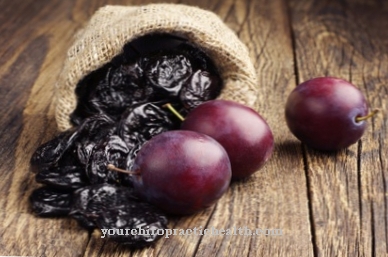
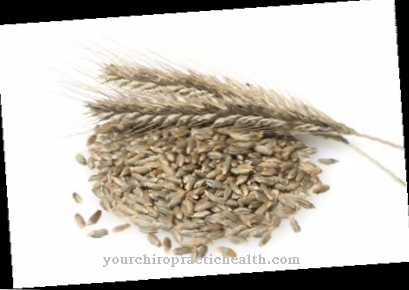
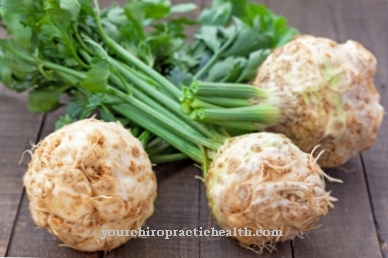
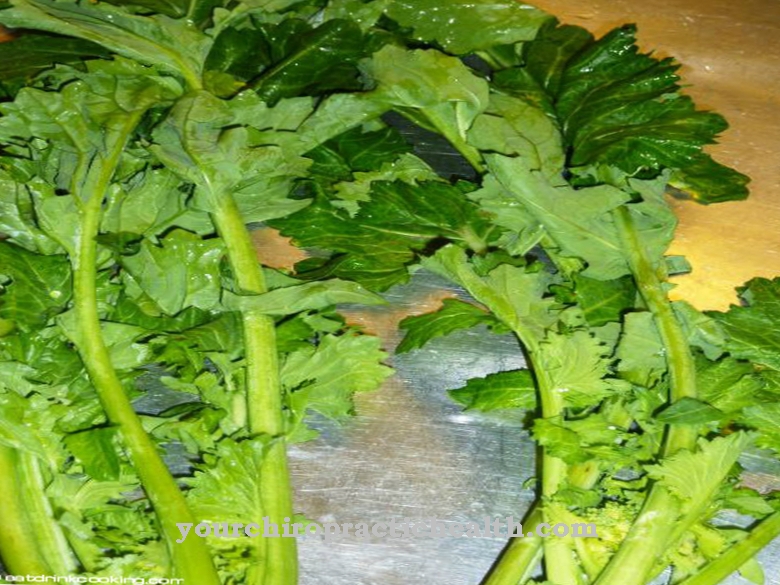
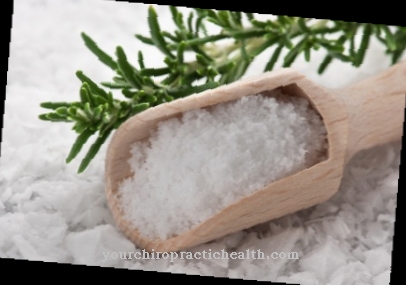






.jpg)



.jpg)










.jpg)
